6. The Boss: Anatomy of a Crime (2014)
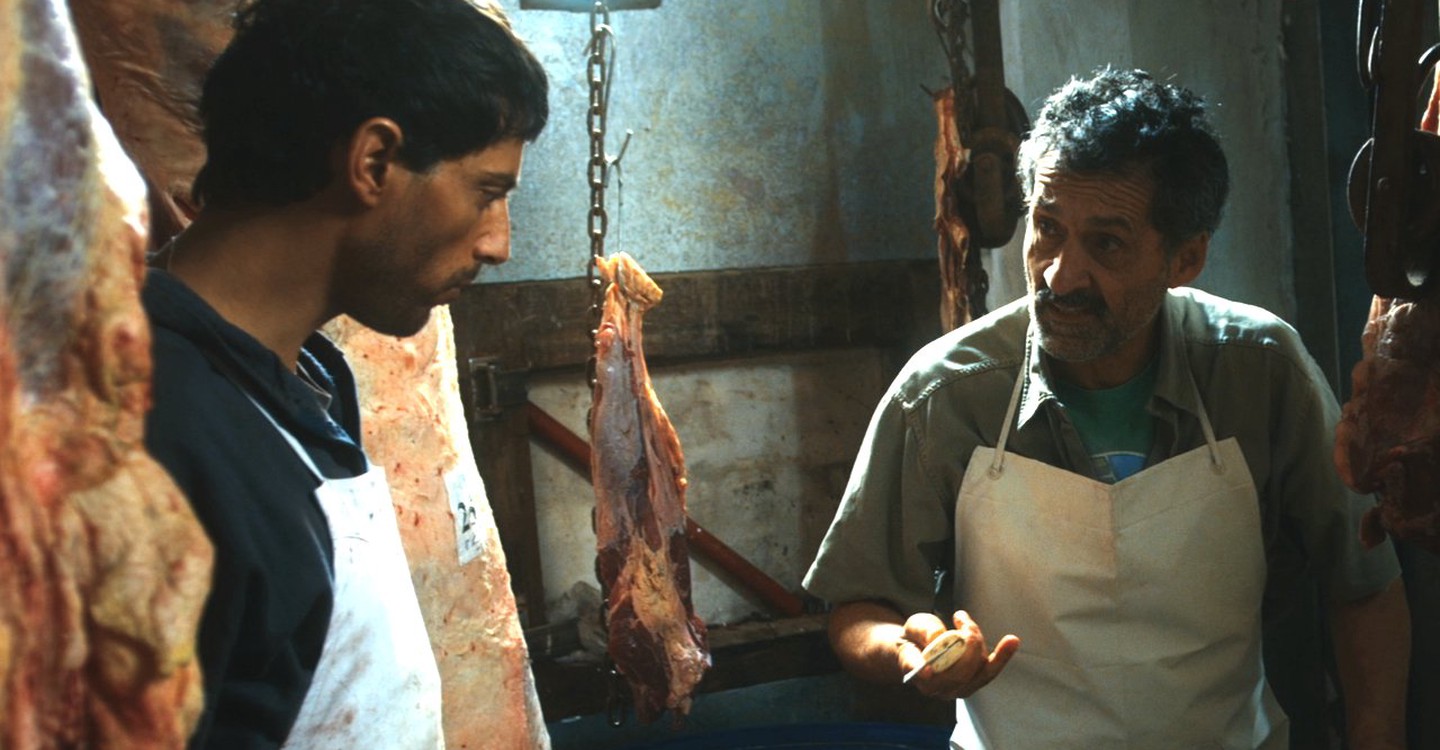
Hermogenes (Joaquín Furriel) is a humble farm worker who moves to the city of Buenos Aires with his wife Gladys (Mónica Lairana) to find new opportunities. Hermogenes begins to work as a butcher for his boss Latuada (Luis Ziembrowski), a sinister, exploitative, and unscrupulous man who ends up condemning and manipulating him to his liking, turning him into his slave. This cruelty will lead Hermogenes to commit a crime and his life will be condemned.
This film complies with the characteristics of the genre in reverse: the criminal turns out to be the victim and the victim the criminal. Throughout the film, the case is resolved through a temporary alteration through the use of flashbacks. In the present it is shown that the peasant is in prison and in judicial process, while his lawyer (the vigilante) understands that he was a victim of the circumstances; he decides to fight a judicial process that does not interest him in the context in which the murder was carried out and he wants to reduce his client’s sentence.
On the other hand, the flashbacks show that the peasant leads a humble life and is a worker who wishes the best for his wife and future son, but also shows that he is exploited, extorted, and humiliated by his ruthless boss, whom he calls him “boss,” proving that he was not really his employee but his slave who, thanks to his ignorance, was manipulated by his employer to fulfill his exploitative and greedy demands, including the sale of rotten meat.
The film is based on a real case that happened in the city of Buenos Aires and is directed by Sebastián Schindel. His vision makes the film dynamic and impactful. Its dynamism is achieved by the alteration of the temporality and shock because of the feeling of realism that is generated at the beginning of the film, granting a very strong degree of plausibility in the characters and in the world around them, especially when it is shown meticulously how a butcher does his job, filmed in documentary style.
Also noteworthy is the brilliant performance of Joaquín Furriel (if the viewer does not know Furriel’s career, he may think that he is truly a true country man) and the great work of the rest of the cast, which is first-rate, especially the performances by Luis Ziembrowski, Mónica Lairana, Andrea Garrote, Guillermo Pfening and Germán de Silva. All do an authentic and very impressive job, making the viewer immerse themselves in the story within a few minutes of the film.
7. Wild Tales (2014)
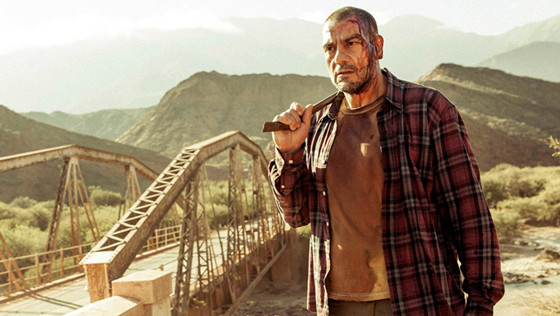
An airplane pilot resentful of his passengers; a waitress who wants revenge on a usurer; a classist who is attacked on the road; an explosives engineer expert who is tired of the system; a wealthy family that corrupts the justice system; and a newly married and enraged woman who discovers that her recent husband was unfaithful to her. All the stories are different, but what they have in common is the exercise of violence and death in society.
To determine that “Wild Tales” is a crime movie, three stories will be analyzed based on the aforementioned theory of Thomas Leitch. These stories are: “The Rats” (the second), “Bombita” (the fourth) and “The Proposal” (the fifth).
In the case of “The Rats,” it is established that in the first instance, the victim is the girl (Julieta Zylberberg) who suffered the suicide of her father after being a victim of Cuenca (César Bordón), the usurer who had to attend to the empty restaurant. When the girl tells her story to the cook (Rita Cortese), she thinks of poisoning the food Cuenca asked for as a revenge gesture. Beyond that, the girl does not want Cuenca to die, becoming him as the new victim and the cook a possible criminal.
In the “Bombita” story, Simón Fisher (Ricardo Darín) considers himself a victim of the bureaucratic system of the city of Buenos Aires when he parks to pick up his daughter’s birthday cake in a block where he could not supposedly park (without having such a sign post). When he gets off and goes to get the cake, his vehicle is found to have been towed by a tow truck. This event triggers a series of situations that make Fisher (according to the character’s point of view) a victim of circumstances, blaming the bureaucratic system of the City Government for doing an injustice and not admitting that they were wrong not to put a sign indicating that you could not park in such a place.
This fact makes him late for the birthday of his daughter; his wife Victoria (Nancy Dupláa) being tired that he always disappoints her, decides to separate from him. From that moment, Fisher becomes a victim of his own misfortune, which leads him to become a criminal at the end of the story. The peculiarity of this story is that nobody seems to care about the consequences of the criminal actions that take place in the end.
In the story “The Proposal,” the role of criminal-victim-avenger translates into the characters of Mauricio (Oscar Martínez) being the victim of the crime of his son Santiago (Alan Daicz), but at the same time he becomes another criminal by wanting to extort José (Germán de Silva) the gardener, to plead guilty to the crime committed by Santiago.
The film is an anthology written and directed by Damián Szifron. His work as a director is impeccable, his prolixity of performance makes an important contrast with the aberrations that are seen on screen, and the dynamism that each of the stories has makes the entire film advance quickly like a wild animal.
8. A Red Bear (2002)
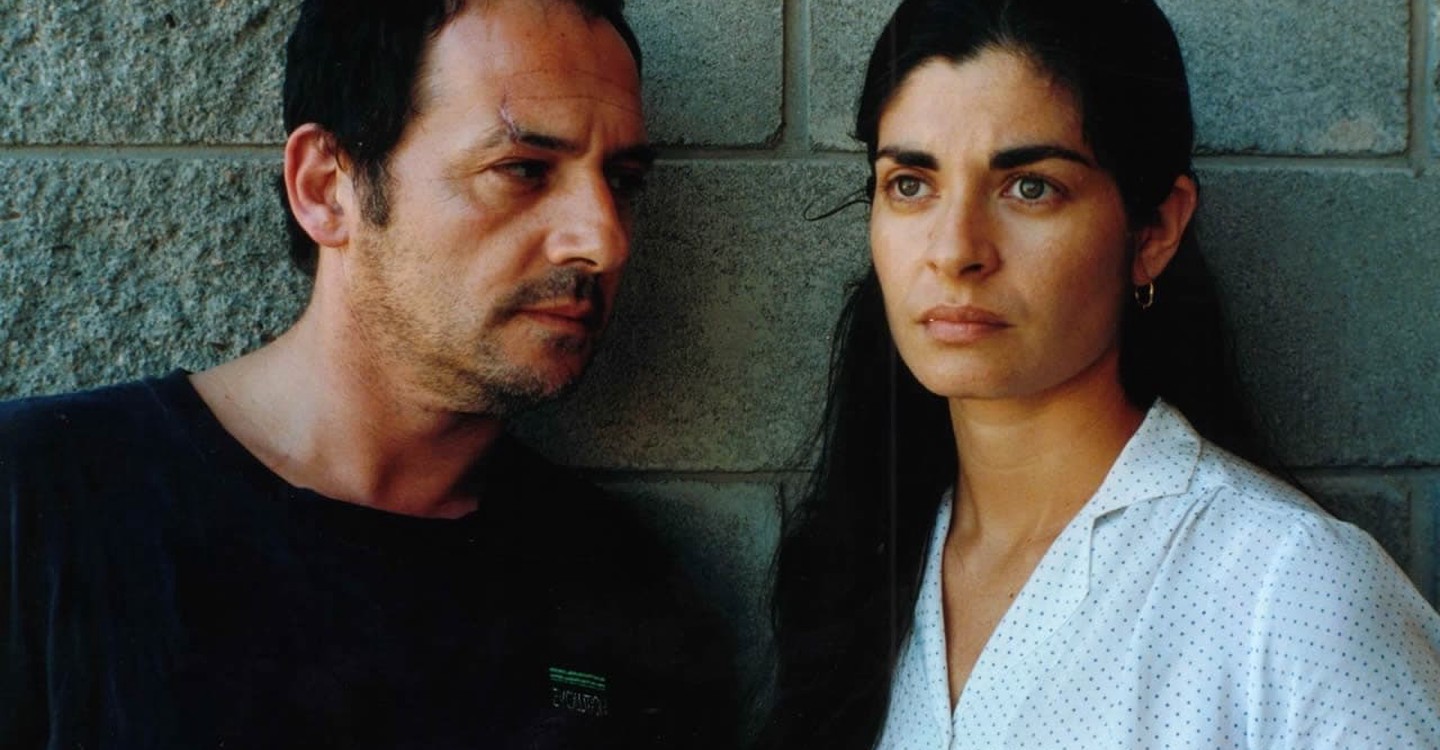
A criminal named Oso (Julio Chávez) is released from prison after seven years for murdering a police officer in a robbery. He still has not been able to overcome the separation from his wife Natalia (Soledad Villamil); he wants to speak to her again, even though she has a new relationship with her boyfriend Sergio (Luis Machín). He meets his little daughter Alicia (Agostina Lage) who he didn’t see growing up in his years in prison. When Oso returns to the streets, he meets Turco (René Lavand), his former criminal partner, to give him the money he owes him for the robbery that took him to jail, but he does not want to give him the money and wants to convince him to carry out another robbery.
This film has the characteristics of being an urban western. The character of Oso is a criminal who, after leaving prison, becomes a kind of a vigilante. From this character’s transformation, it is possible to analyze the characteristics that this film fulfills so that it is part of the crime genre, beyond its themes.
The Bear character at the beginning of the film is shown to be a criminal who commits a robbery to support his family, but this leads him to murder a policeman and go to jail. However, when seven years pass and he is released from prison, he has an internal fight not to get carried away by his criminal side in order to live with his daughter Antonia. After trying to have a decent job as a car driver, he becomes an marginal avenger when deciding to help his ex-wife’s new boyfriend, taking the risk of being a possible victim of the treason of his former criminal partner.
The film is directed by Israel Adrián Caetano and his performance proposal is impressive, dynamic, and intense. It fulfills the characteristics of being an “induced documentary” when it shows the real harshness of a Buenos Aires suburb by means of rough camera movements that accompany the cast’s brilliant work to fit into the marginal life of the characters. If you are interested in seeing an urban western in a marginal neighborhood of Buenos Aires, this great movie will leave you satisfied.
9. The Lost Brother (2017)
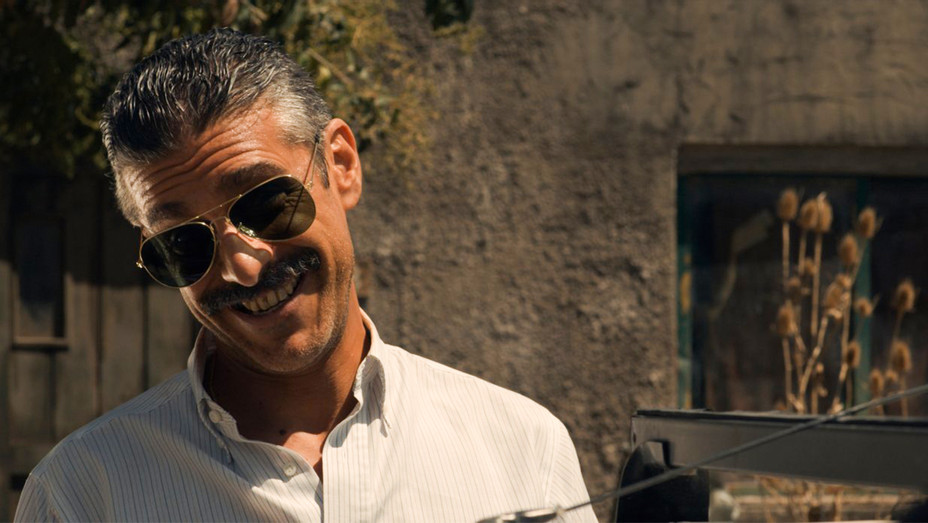
When Cetarti is fired from his public job, he travels from Buenos Aires to Lapachito, a lonely town in the province of Chaco, because he must take care of the corpses of his mother and brother, who have been brutally murdered, and with whom he is not tied. The only thing that mobilizes Cetarti to undertake the trip is the possibility of collecting modest life insurance to be able to settle in Brazil. There he meets Duarte, a “retired” military repressor and friend of his mother’s murderer, with whom he establishes a strange society to manage and collect that money.
Cetarti (Daniel Hendler) is a submissive, cold character and is also submerged in a fine line between good and evil; he goes from being a criminal to a victim. His actions are motivated by the life insurance money of his mother and brother, without showing any remorse for their deaths. In contrast, there is the character of Duarte (Leonardo Sbaraglia), a former repressive military member who continues to have a corrupt influence on the lonely town of Chaco and is dedicated to blackmail kidnappings. He appears to Cetarti as a sympathetic, dark-humor man who wants to help him collect his share of the money, but once Cetarti collects it, their relationship does not turn out to be as easy as before.
It is the second film by Israel Adrián Caetano that is on the list and in this film he creates the same strength, intensity and rawness as in “Red Bear.” In the case of “The Lost Brother,” we have a pessimistic world spiced with black humor and constant dirt that possess the film. This dirt and destruction are in the buildings, houses, cars and also inside the main characters. As for the cast, Leonardo Sbaraglia does an excellent job bringing a character as complex as Duarte to life; his level of acting reminds of Daniel Day-Lewis playing Daniel Plainview in “There Will Be Blood” (2007). Daniel Hendler also does a great job playing a cold, submissive character.
“The Lost Brother” is the perfect combination of movies like “No Country for Old Men” (Ethan Coen, Joel Coen) and “Killer Joe” (William Friedkin) because it’s set in a world that has a dark, nihilistic, and violent atmosphere that runs through the characters and their actions.
10. The Headless Woman (2008)
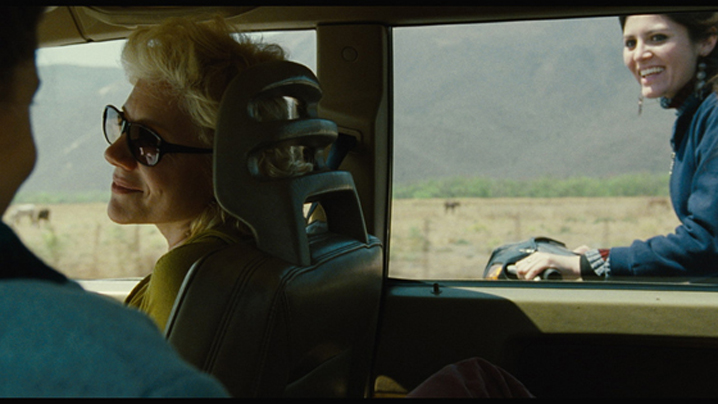
Verónica (María Onetto) drives her car on a desolate route and when she wants to answer her cell phone, she neglects the road for a few seconds and runs over something. She stops but gets back in her car and continues on her way. From this incident, Verónica seems to not be affected by what happened, but as the days go by, her concern grows, which leads her to behave awkwardly and strangely with her husband, family and friends, to the point of being disturbed enough to insist her husband to return to the scene of the accident, where she allegedly ran over someone.
This film could be considered to be the most particular one on the list. We might even think that it does not belong to the “crime genre” because it may appear not to have the typical characteristics mentioned in the previous films. However, under Veronica’s thought, there was an alleged murder and she could be the murderer.
There are two points that make this film so particular regarding the crime genre: the first one is that it is told from the point of view of Veronica, where director Lucrecia Martel makes an introspection of this character keeping the viewer away from their true thoughts. The second point is that the established order is not altered by the alleged crime that Veronica commits, but what is altered is the conscience of the character, something that causes the incident to alter the established order in her private life, where she has no economic or familiar problems.
Martel does a very delicate job of giving the audience certain clues to draw their own conclusions from what actually happened, while remaining a constant mystery throughout the entire film. From a filmmaking point of view, Martel maintains a passive rhythm that is carried out by the character of Verónica, played by María Onetto who does a wonderful job in creating the crisis that this character is having inside her mind.